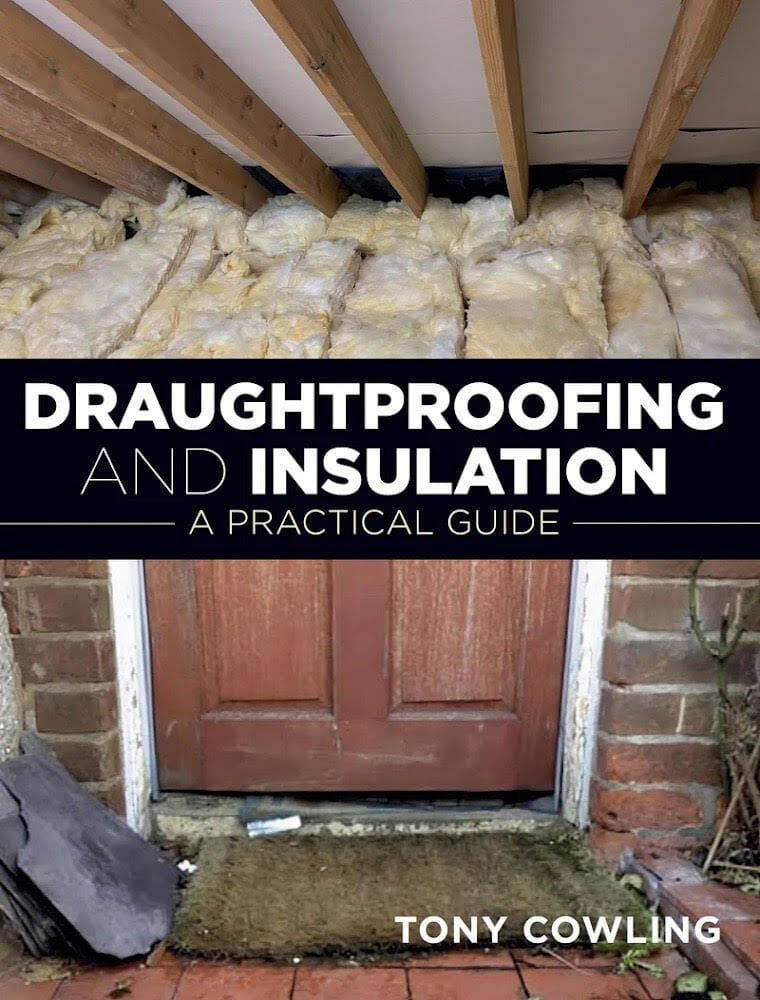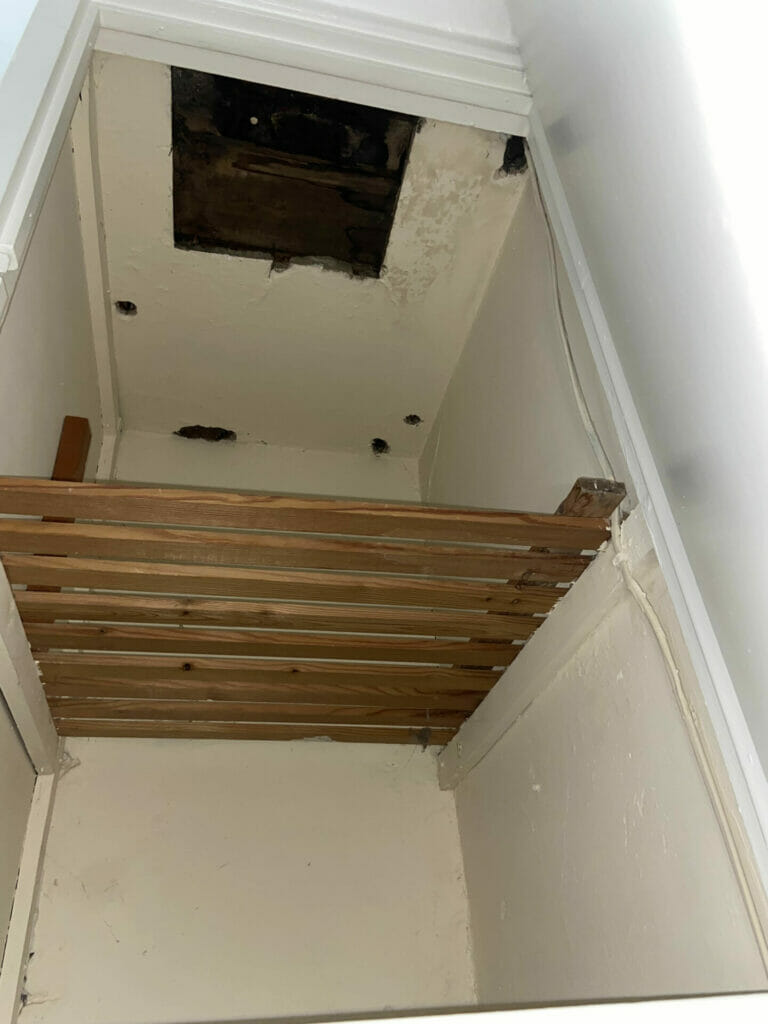A READING author and businessman has written a book which he hopes will help people to cut down on heat loss in their homes and lower their heating bills.
Tony Cowling graduated from Reading University in the late 70s with two degrees – unusually, he then became a builder.
This has given him an in-depth knowledge of how things are constructed, and has proved very useful in enabling him to diagnose where draughts are coming from and how to prevent them making a building cold.
He retired nearly twenty years ago, and now spends much of his time assisting local charities and helping to progress various renewable energy projects in Reading.
For the past ten years, Tony has been leading the Reading DraughtBusters, helping some of the most vulnerable in society reduce their energy bills by draught proofing their homes.
“Some of the worst draughts come from things like trickle vents in windows, that are designed to give ventilation,” he explained.
“Often they are still draughty even when closed.
“Window and door sills can be problematic too, where the space between the floor and the carpet can let in cold air.”
Mr Cowling believes that with the current cost of living crisis, it’s more important than ever for people to find ways to save money.
“We get lots of referrals from Reading Borough Council, Citizens Advice, Winter Watch, GPs, Royal Berkshire Hospital, and churches,” he said.
“At DraughtBusters we draught proof homes where some families would struggle even to buy draught strips.”

Many draughts can be easily fixed, and can save households money for a small initial outlay, he says.
To help people take simple steps to improve their energy efficiency, he is now sharing his expertise and experience in a book.
“It came about because I was giving a talk about heat loss in homes,” he said.
“Crowood Press were in the audience, and they contacted me afterwards.
“I thought they just wanted me to draught proof their homes, but they told me they loved the talk and that they wanted to commission me to write a book.”

The publication, called Draughtproofing And Insulation: A Practical Guide, has already received plenty of positive reviews.
It covers all aspects of draughtproofing and insulation, with principles and techniques that can be applied in all homes.
These include: working out where draughts are coming from, and how to solve insulation issues, easy fixes for draughty doors and windows, insulation for pipes, cooker hoods and fans, and how to insulate a home from top to bottom including loft, walls and floors.
“People have been saying, that every home should have a book like this, and that they are finding it very useful,” said Mr Cowling.
“It offers lots of low cost insulation solutions such as stuffing draughty unused fireplaces with a clothes-filled pillowslip inside a polythene sack, or putting a plastic bag around pipes to plug gaps.”
Mr Cowling’s group, DraughtBusters, currently receives more requests to draught proof homes than they can deal with.
“We’re desperate to set up new DraughtBuster hubs, but we’re rushed off our feet already.
“Our volunteers are great, many of them from Winter Watch, and Rotary Clubs, people I know already, but there just aren’t enough of us to deal with the numbers of referrals.
“We urgently need volunteers willing to carry out simple DIY tasks, lead a small group, store some materials in their home, and deal with enquiries.”

Anyone interested in giving some time and their skills, to help people keep warm this winter, should contact DraughtBusters.
Those keen to carry out improvements themselves, with step by step instructions, can purchase Mr Cowling’s book.
Published by www.crowood.com, ISBN: 978-0-7198-4263-4, it is on sale in bookshops and online as an Amazon Kindle book.
For information about Draughtbusters Reading, and to volunteer, log onto their website: www.readinguk.org/draughtbusters or visit the group’s Facebook page.
























